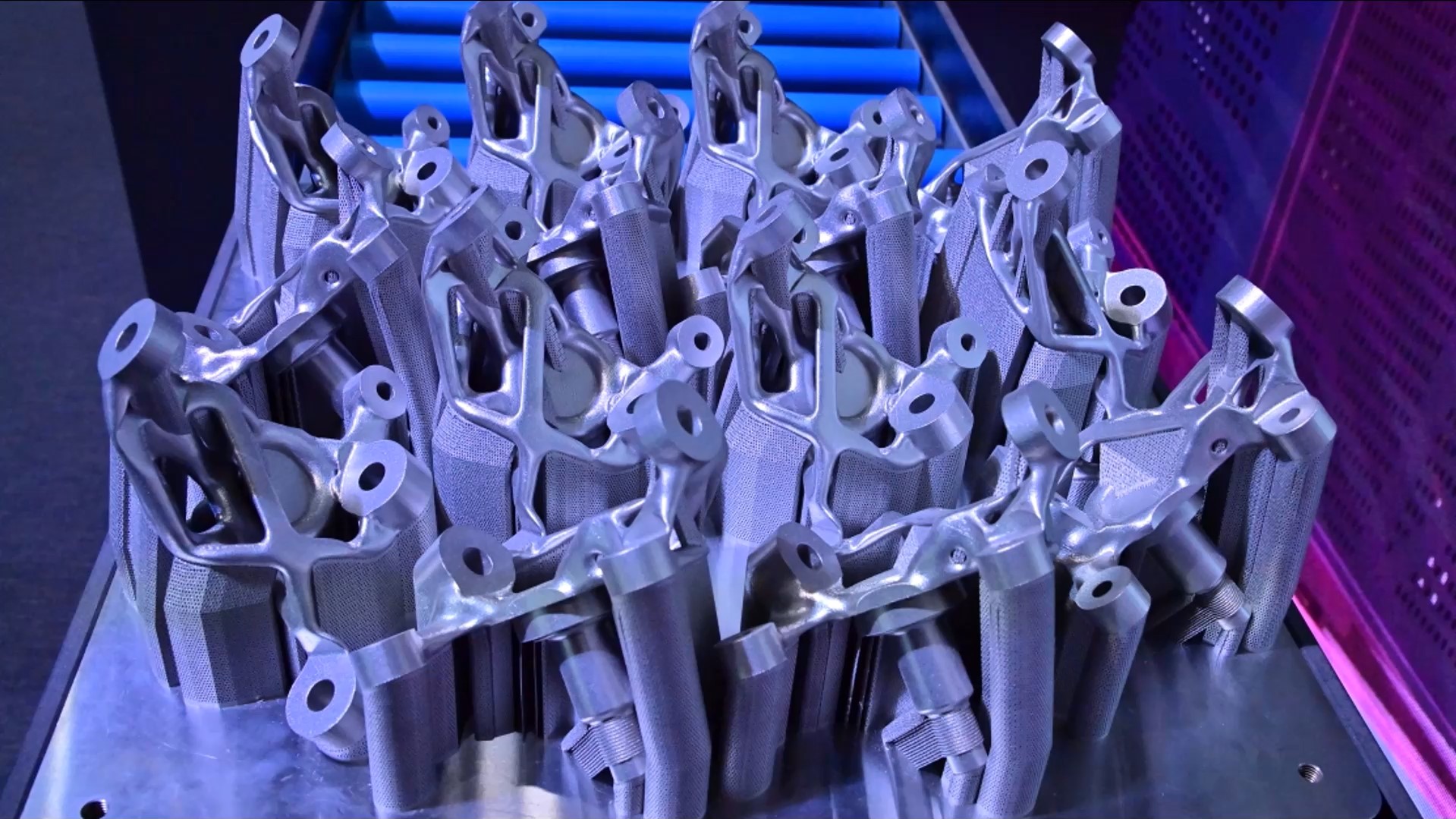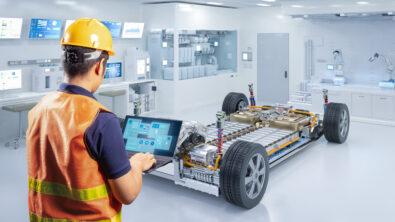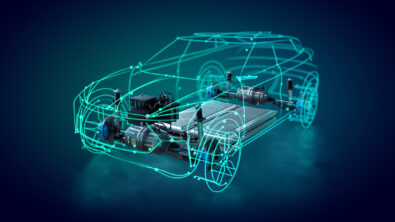Accelerate your workflow with next-generation automotive product design solutions

The drive to develop the next generation of automotive and transportation, including electric, autonomous, connected and shared vehicles, has forced the automotive industry to accelerate innovation and engineering processes. Automotive manufacturers and suppliers need a collaborative environment that connects the entire organization and offers advanced functionality for generative design and manufacturing is key to creating the most innovative and optimal components.
Watch the videos below to learn how to embrace complexity, boost productivity and ensure brand differentiation with NX’s collaborative CAD and manufacturing environment for industrial design processes.
Scan 2 CAD for automotive product design
- Import a point cloud, derive and clean a faceted body from it
- Identify appropriate zones and create primitive bodies out of the faceted geometry
- Fit curves on the faceted geometry to trim relevant sections
- Use subdivision modeling to fit an analytic surface on the complex part of the knuckle
Benefits of Scan 2 CAD in automotive product design:
- Minimize the modeling effort by automatically identifying primitive shapes, such as flanges and axes, from the scanned geometry of the knuckle
- Save time during the reverse engineering of complex shapes by applying an automatic analytic surface fitting function to derive CAD geometry
Generative design for automotive product design
- Define the design space and auxiliary bodies
- Add mechanical constraints
- Define mechanical loads
- Run the analysis and review results
Benefits of generative design in automotive product design:
- Save time by defining a topology optimization analysis directly in the design environment
- Efficiently define load cases for the analysis using a dedicated manager function
- Effortlessly run the topology optimization, thanks to its automatic meshing process
- Retrieve and review the smoothed, optimized shape
Convergent modeling for automotive product design
- Smooth regions with sharp edges
- Close holes and improve a section of the model
- Create blend transitions
- Merge facetted regions with the exact geometry of the flanges to finish the design
Benefits of convergent modeling in automotive product design:
- Reduce effort and time by applying convergent modeling to smooth and repair regions and filled holes directly on the facetted geometry
- Efficiently achieve the required geometrical accuracy by combining the exact modeled geometries of the flanges with the facetted body of the bracket
Additive manufacturing for automotive product design
- Find an optimal orientation for the part in the build tray
- Add a print mark place holder to identify the part
- Insert parts in the build tray and define supports
- Define part numbers on print marks
Benefits of additive manufacturing in automotive product design:
- Save time finding the optimal print orientation using a dedicated algorithm
- Define a place holder for print marks, to efficiently add part identifiers
- Efficiently place two instances of the properly oriented bracket in the build tray
- Automatically define supports and part identifiers
- Create a print job without the need for any additional software
Want to learn more about how to optimize your automotive product design?


